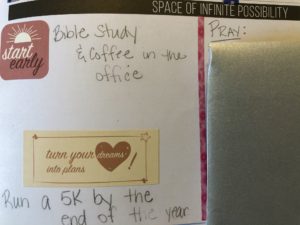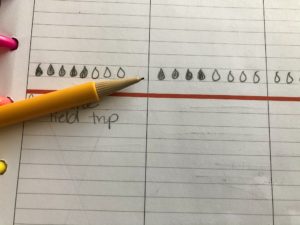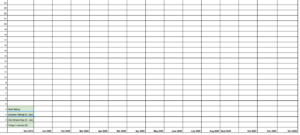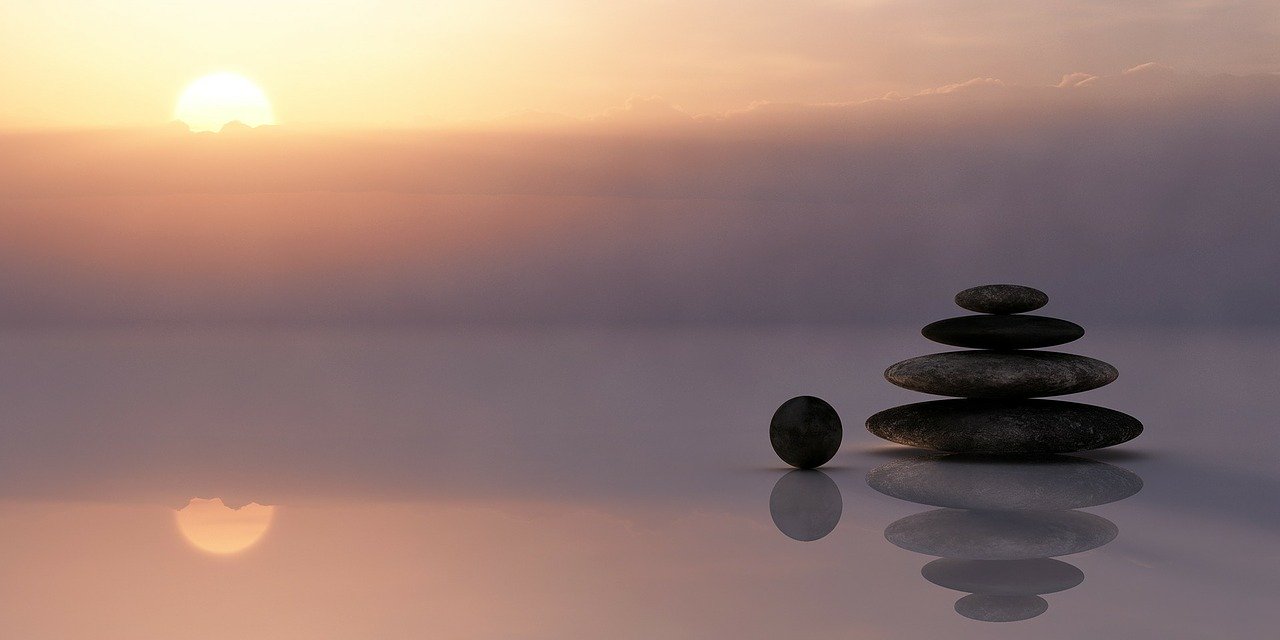In 2019, I discovered the power of taking a small, imperfect step. Knowing that perfectionism can halt my progress, I have stopped pushing for right and started encouraging myself to try for enough.
It’s a tricky prospect at home, where I know my four year old is watching my every move and taking in the lessons I may not have intended to teach him. At school, it’s a whole different challenge, knowing that every move is being evaluated by state tests, formal observations, walk throughs, etc.
My trick? Stop caring about everything all at once.
When I worry about every little thing, I begin to flail. I’m not thriving… I’m barely surviving. The truth of the matter is, I could always be a better teacher. There is always more to learn, and there are always ways to grow. My students deserve the best, and I feel I must give it to them. When I hear myself going to this place, I have to hit the pause button.
It’s all true, but it’s not helpful or productive. My students learn from seeing me handle my failures well. They discover that the process of learning is not filled with endless successes, but actually begins with a series of failures and challenges that eventually lead us to that beautiful light of understanding and mastery.
Choose a focus
I once worked in a school where we were to choose one area to focus on for the year. As a new teacher to the district, I was exempt from the expectation for the first full year. My priority was to find my footing. What a gift!
I spent the year learning best practices in social emotional learning, discovered new techniques to try in all subject areas, and unearthed the power of backwards planning. Other teachers were experts in various subject areas, because they had spent years focusing on an area of interest. They taught short classes after school to share what they had learned with anyone who was interested. I learned more in one year than I had in four years of college. It was an incredible experience.
As we know, not all schools and teachers have this luxury. A few years later, my family moved to a different part of the country, and I found myself overwhelmed by the teaching requirements. Thankfully, I returned to what I had learned about focusing on one thing, and I decided to spend a year learning about guided reading. My students scores soared, nothing suffered as it would if I had tried to do all the things, and the next year, I focused on guided math with equal success.
Decide on what you don’t do
This was so hard for me, but it was also essential. I decided that I don’t do over the top classroom decor. It works for some people (and if that’s you – rock on!), but for me, it’s a huge stressor that ends up distracting from my instruction. If I have great volunteers who have wonderful art skills, I’ll do a classroom transformation that relates to something I’m teaching. If not, I just don’t do it. My classroom is still neat, organized, and inviting. It’s also generally decorated with things the students have created. For me, this just works better (and saves tons of time).
I also don’t stay late more than one afternoon a week once the school year has started. Planning and grading still make their way home at times, but limiting my extra hours keeps me focused, balanced and sane.
The 2020 Challenge
So here’s my challenge for you: Choose 1 thing to focus on for the rest of 2020. If you’re a data person like I am, you might choose something based on your students needs. Maybe you’d rather choose something you’re interested in or something you’d like to work on. It doesn’t matter, as long as it’s one super focused thing (so guided reading as opposed to reading instruction). Then, let everything else be the best it can be without going crazy and keep your focus on improving that one area. I can’t wait to hear how it goes!
Happy New Year!







